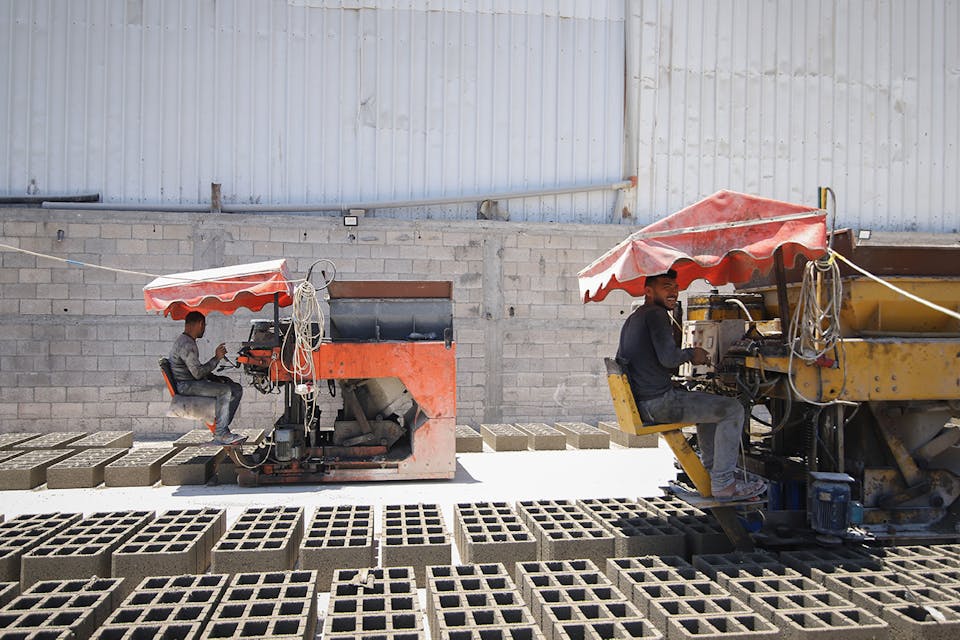
June 21, 2021
Where We See Gaza in Ten Years
There are four possibilities for the Gaza Strip's future, from continued decline to Egypt stepping in. Which is most likely?
Since Israel’s withdrawal from the Gaza Strip in 2005 and Hamas’s takeover in 2007, the enclave has become what is known in policy and planning as a “wicked problem”—one in which efforts to treat some of the challenges it poses make others more severe. Thus, to restore quiet in southern Israel and allow for the alleviation of the humanitarian situation in Gaza, Israel might consider reaching a long-term agreement with Hamas, but this very period of quiet would almost certainly be exploited by Hamas to improve and expand its arsenal for use against Israel in a future conflict. On the other hand, any effort to deal a major military blow to Hamas would require Israel to launch an extensive ground operation and could result in it ruling over two million Palestinians and precipitating a deeper humanitarian crisis there. The crux of the dilemma facing Jerusalem is how to cope with an increasingly powerful and hostile terrorist organization along its southern border while minimizing the negative impact on Israeli citizens and the innocents living under Hamas’s rule.
The immediate impetus for examining this dilemma is the latest round of fighting between Israel and Hamas, but the aim of this article is to consider a long-term strategy for Israel, one that would continue to benefit it a decade or more into the future. Yogi Berra was correct in his observation that “it’s tough to make predictions, especially about the future.” Therefore, rather than proposing a single future for Gaza that we consider the most likely, we lay out four possible futures for Gaza in 2030 and then suggest some ideas for how Israel can improve its policy in Gaza to match those futures.
Before getting into details, it’s worth defining what Israel’s strategic interests are in the Strip. In narrow terms, they include: a political arrangement that is tantamount to peace or a long-term ceasefire, whether formal or informal; preventing the Hamas terror syndicate from growing more powerful and expanding its military arsenal; preventing a humanitarian catastrophe in Gaza that would exacerbate the suffering of innocents and could potentially spill over into Israel; and cultivating a positive image of Israel as a moral actor that abides by international laws and norms. Right now, it seems fair to say that Israel’s current approach to Gaza is losing on all counts.
Responses to June ’s Essay

June 2021
What Will Gaza Look Like Ten Years from Now? A Symposium
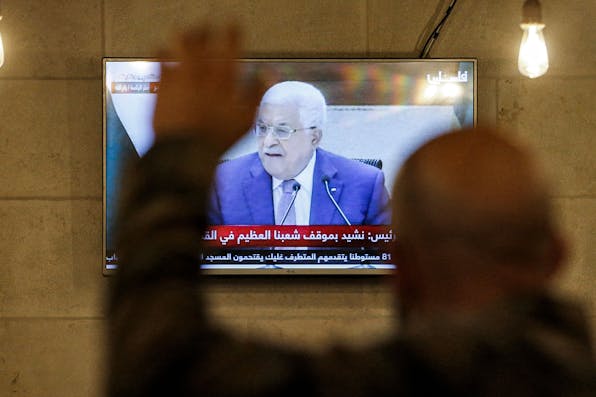
June 2021
What Can Be Done Politically to Weaken Hamas
By Elliott Abrams
June 2021
What Egypt Wants In Gaza
By Haisam Hassanein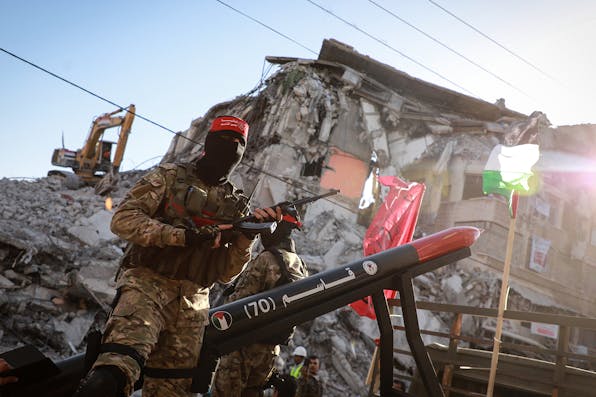
June 2021
The Status Quo in Gaza Is the Least-Bad Option
By Yaakov Amidror
June 2021
Where We See Gaza in Ten Years
By Amos Yadlin, Ari Heistein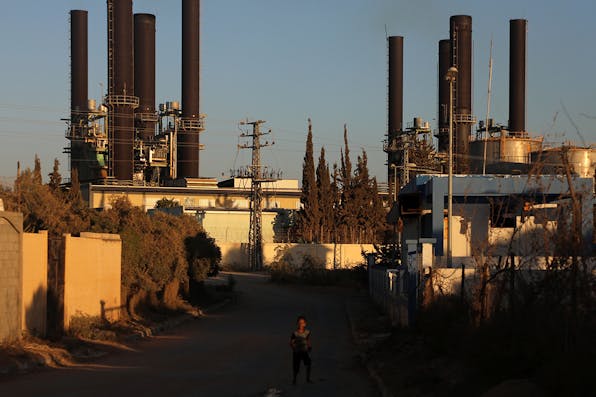
June 2021
How to Boost Gaza’s Economy without Boosting Hamas
By Yechiel Leiter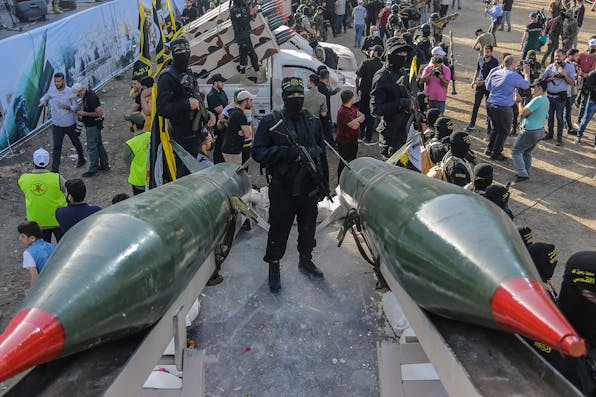
June 2021
How Continuing to “Mow the Grass” Might Lead to Israel’s Reoccupation of Gaza
By Evelyn Gordon